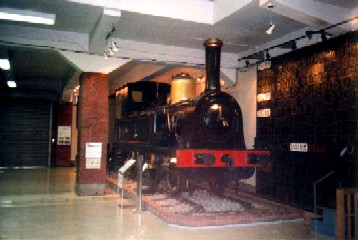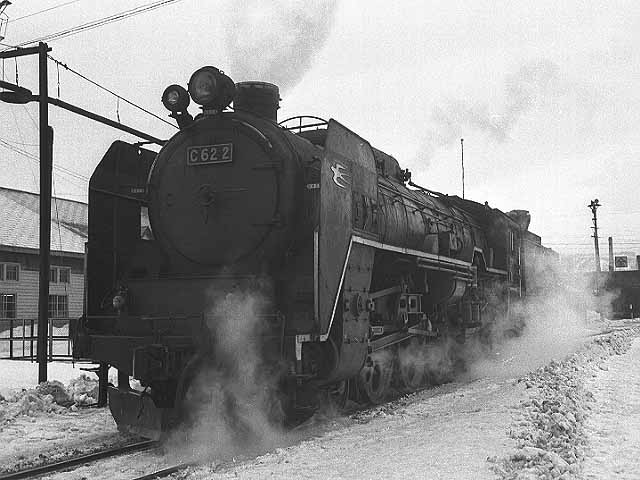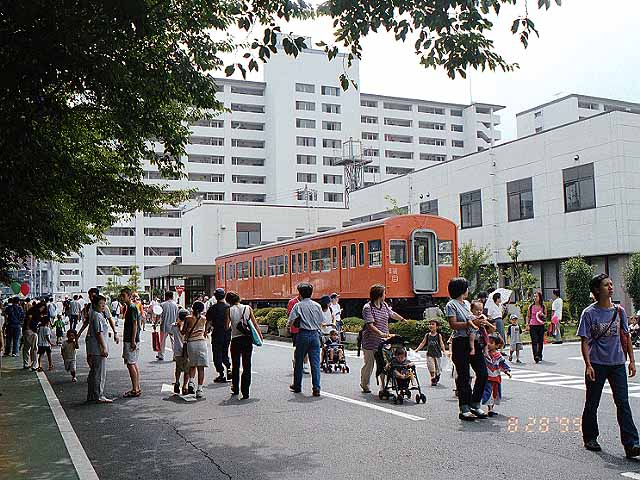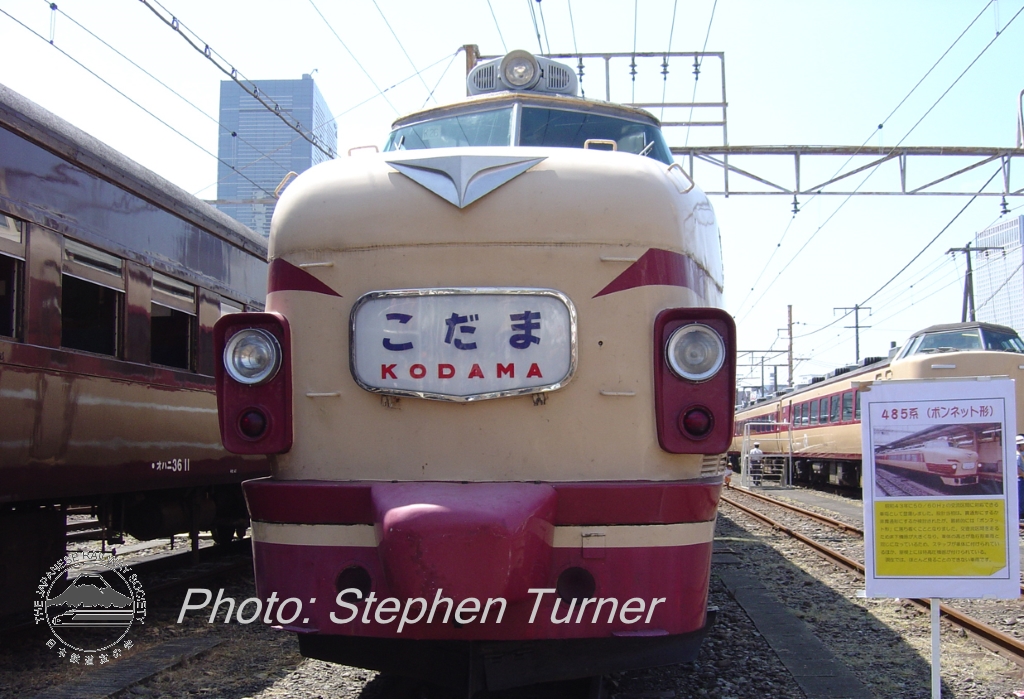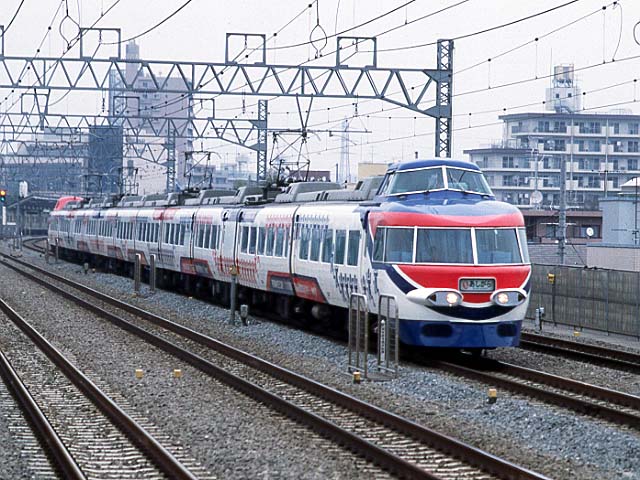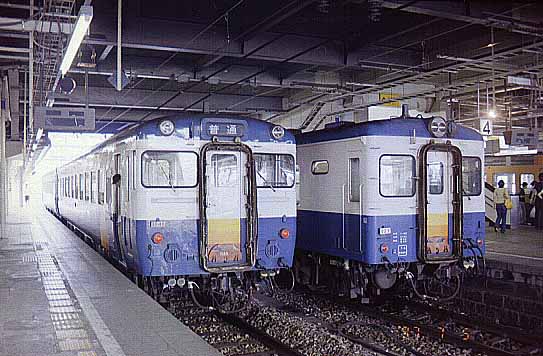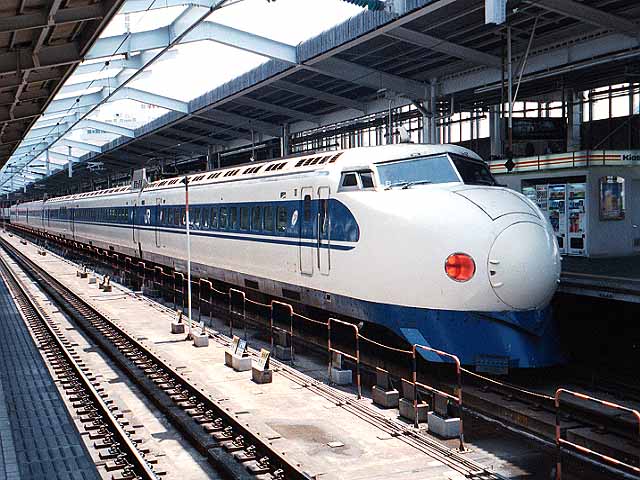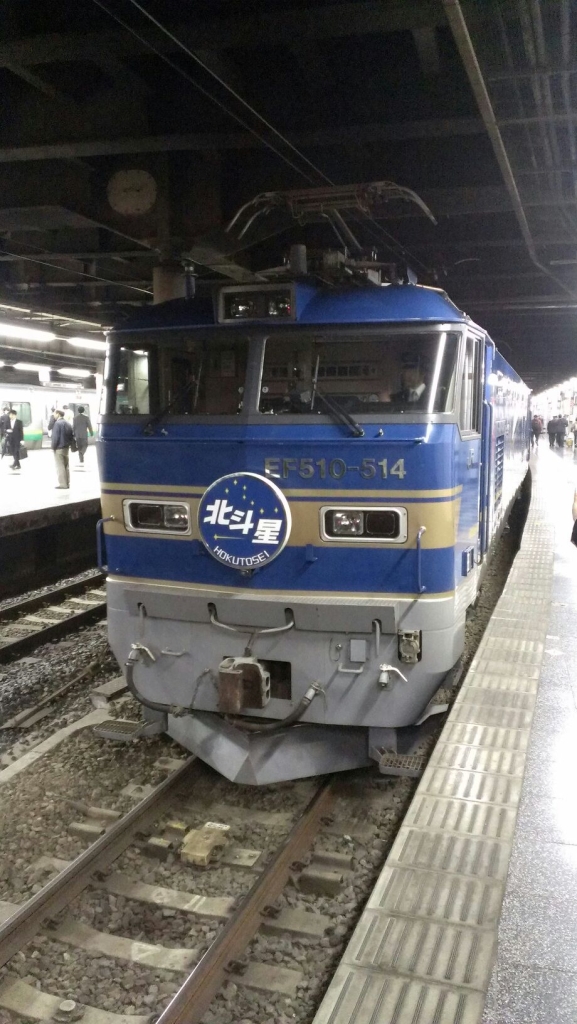Japan's Railways at 150 years
On the 14th of this month, the Japanese Railways commemorate 150 years since the opening of the first railway line in the country from the Old Shimbashi Station to Yokohama in 1872. Japan Post have released a series of commemorative stamps celebrating the anniversary depicting significant rolling stock and advances of technology as the system has evolved. To celebrate we're looking back into our vault of photos society members have captured of these historically significant classes of rolling stock that appear on the special stamp issue.
Locomotive No. 1 was built at the Vulcan Foundry in Lancashire, England in 1871 for the opening of the railway and operated the first official service. It was seen here at the former Tōkyō Transportation Museum, before the museum closed and relocated to Ōmiya in 2007. Photo: Tony Atkins
The Ginza Line was the first underground railway in Japan & Asia. The first section opened in 1927 between Asakusa & Ueno, also celebrates its 95th anniversary this year. The first car No. 1001 is preserved at the Tōkyō Subway Museum, where Marcel van Dijk captured this shot on a visit on the 29th August 2003.
The C62 Class of Steam Locomotives were the most powerful operated in Japan and the 2nd most powerful steam locomotives ever built to operate on a cape gauge railway. They were originally built to operate the fastest express passenger trains on the Tōkaidō Main Line prior to its electrification. In December 1972, a very young Minoru Shinozaki, a JRS member, took this shot of C62 2 with "Swallow Angel" waiting for its next service at Otaru-Chikko depot, where by this time had been relegated from the fastest trains by diesel and electric power and were in their last few months of service.
The 101 series of EMU's were first introduced to service by the JNR in 1957, and became the backbone of the suburban networks in the Kantō and Kansai areas. Several variants were derived such as the 103 and 105 series. Hiroshi Naito captured this shot of Kumoha 101-901 on display at JR East's Kamakura Rolling Stock Workshop on its open day on the 28th August 1999.
The JNR 151 series was the first EMU built for the Limited Express "Kodama" service on the Tōkaidō Main Line commencing in 1958. The class set a world speed record of 163 km/h on a narrow gauge railway in 1959. Its design saw an evolution of the "bonnet" style for many other classes such as the dual voltage 485 series introduced in 1968. These were able to operate on both 1500V DC & 20KV AC electrified lines. Stephen Turner captured this shot of a 485 series at Tamachi Depot on 25th August 2003.
Odakyū Electric Railway's Romance Car type 3100 NSE set photographed at Izumi-Tamagawa in March 1999 by Oliver Mayer. The original Romancecar Class 3000 held the narrow gauge world speed record of 145 km/h (until broken by JNR's 151 series in 1959) and this design featured heavily in the development of the first Shinkansen 0 series rolling stock.
DMU Kiha 58 (left) and Kiha 20 (right) seen at Nagano station on 5th July 1997 taken by Hiroshi Naito. KiHa 58 series were built by JNR and were designed for daylight express services, later used stopping services on rural lines. They finished JR service in 2011.
The ED75 501 Prototype was built for the Hakodate Main Line's electrification, however the ED76 500s were developed and deployed instead. Photo taken 28th May 2014 by Alex Morley at the Otaru Synthesis Museum, which holds a collection of rolling stock that operated in Hokkaidō, based on standard designs and modified to cope with Hokkaidō's harsh winter climate.
The Tōkaidō Shinkansen which opened for service in 1964, was the worlds first high-speed railway. The 0 Series Shinkansen trains becoming a symbol of Japan, still easily recognised by many despite being retired from service for over 10 years. Anthony Robins captured this 0 series shortly after arrival at Shin Osaka on a Kodama Service in the year 2000.
Japan's locomotive hauled Blue Trains operated on many routes around the country offering overnight transport and sleeping car accommodation prior to the expansion of the Shinkansen network and low-cost airlines commencing service. The last of these to operate were trains to/from Honsu & Hokkaido via the Seikan Tunnel. Until the completion of the channel tunnel between France & Great Britain, it was the worlds longest undersea railway tunnel. It still retains the world record as the longest undersea tunnel with a single bore. Only a few years old, EF510 514 in ‘Hokutosei’ livery loco was waiting for the northbound departure for Sapporo from Ueno on 12th November 2014. This train ceased running in 2015. Photo: Kiyoshi Jinno.
Photo of the Month Archive
